There's a lot of confusion about pruning roses, especially in winter. And, to be honest, there are a lot of different ways to prune different types of roses, and different climates have different rose pruning requirements. But don’t feel discouraged. This article will cover five pruning mistakes that can trip gardeners up, and then we'll look at four good habits to do instead.
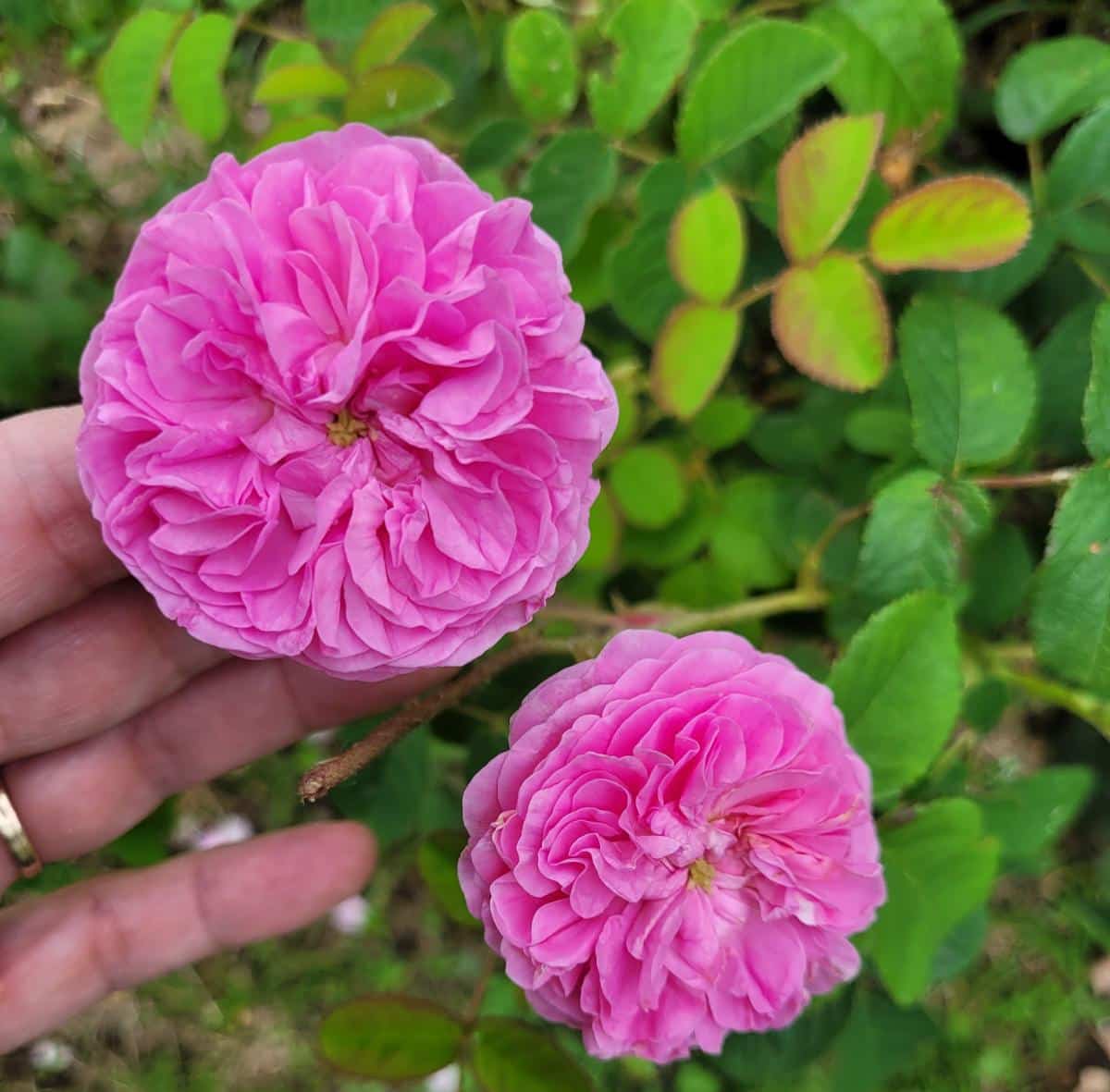
That said, if you happen to make a mistake, don't throw up your hands and give up gardening. Plants are more forgiving than we think, and often something that's considered a mistake is not the end of the world. Merely go forth and resolve to find a better way.
Jump to:
- 1. Avoid Pruning Too Early
- 2. Don’t Cut Every Single Rose Back To 18 Inches
- 3. Some Roses Shouldn’t Be Cut Back At All!
- 4. Avoid Using Dull Or Dirty Tools
- 5. Skip Pruning In Wet Or Freezing Conditions
- Do This Instead: Four Best Practices For Winter Rose Care
- 6. Do Wait Until Late Winter or Early Spring To Prune
- 7. Start by Pruning the 3 D’s (+1 D)
- 8. Remove Old, Unproductive Canes
- 9. Cover The Cuts On Your Rose Bushes
- Final Thoughts
1. Avoid Pruning Too Early

Cutting back or pruning your roses too soon may cause the rose to put out new growth that will be killed off by frost. It’s best to wait for the weather to warm up to prune, because pruning encourages new growth, and this can be killed by early freezes.
On some roses, especially old garden roses that bloom once a year, pruning early in winter means you're trimming off a number of the flowers that will be forming in next year's roses. Many of these old fashioned roses, or heirloom roses, bloom on old wood—that is, wood that has grown last year. Many spring-blooming plants like lilacs and roses also form the baby rose inside the bud over the winter.
At any rate, these roses are best served if you do not cut them back in the winter but wait until after they are finished blooming before trimming.
2. Don’t Cut Every Single Rose Back To 18 Inches
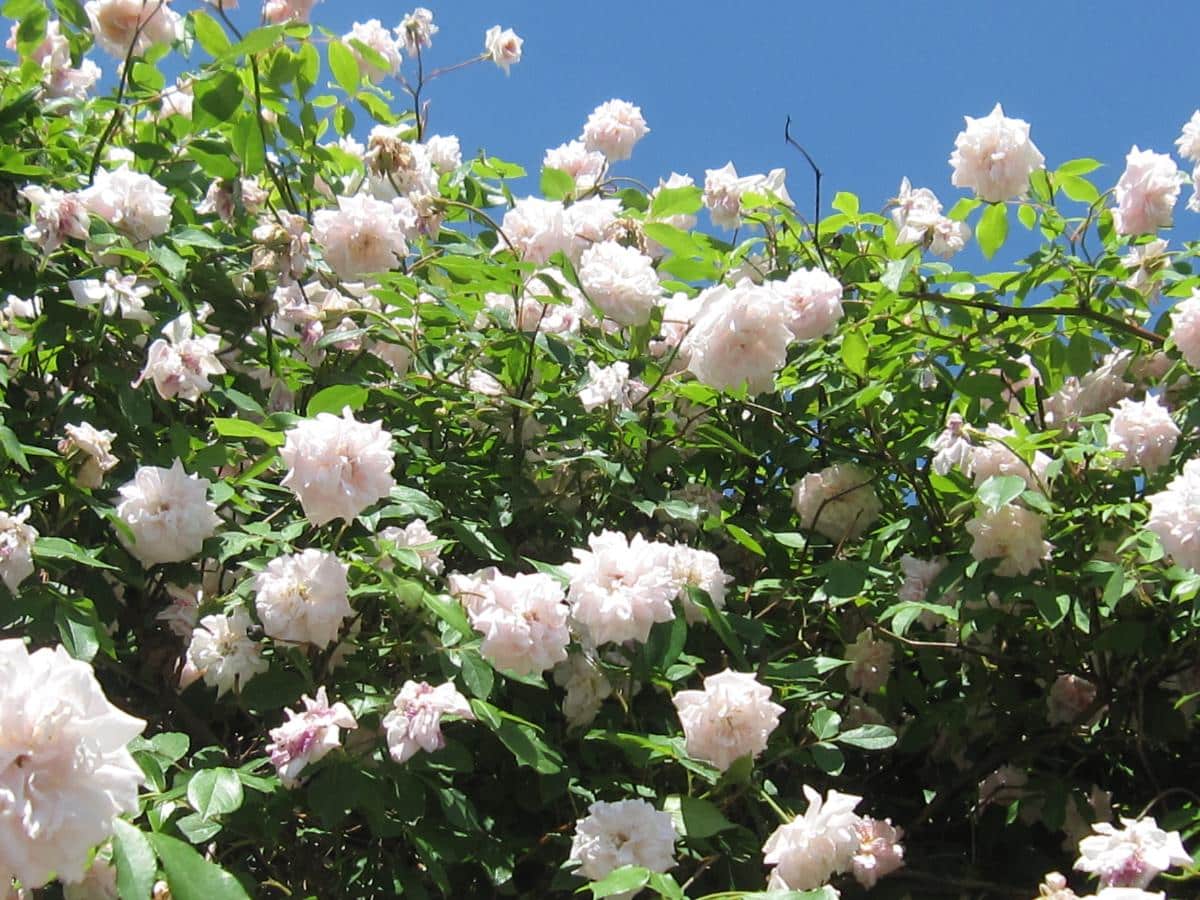
There's no real “one size fits all” advice when it comes to roses. Certain roses will not thrive if the “18-inch rule” is inflicted on them, particularly climbers, ramblers, some grandifloras, and some antique roses. They can be trimmed to keep them within bounds, and they will benefit from some pruning to help them keep their shape and rejuvenate them.
Grandifloras like Queen Elizabeth are not particularly happy about being cut back too far and will languish a few years before they start growing properly again.
Over-pruning can also weaken the plant and reduce the number of blooms you get in the spring.
3. Some Roses Shouldn’t Be Cut Back At All!
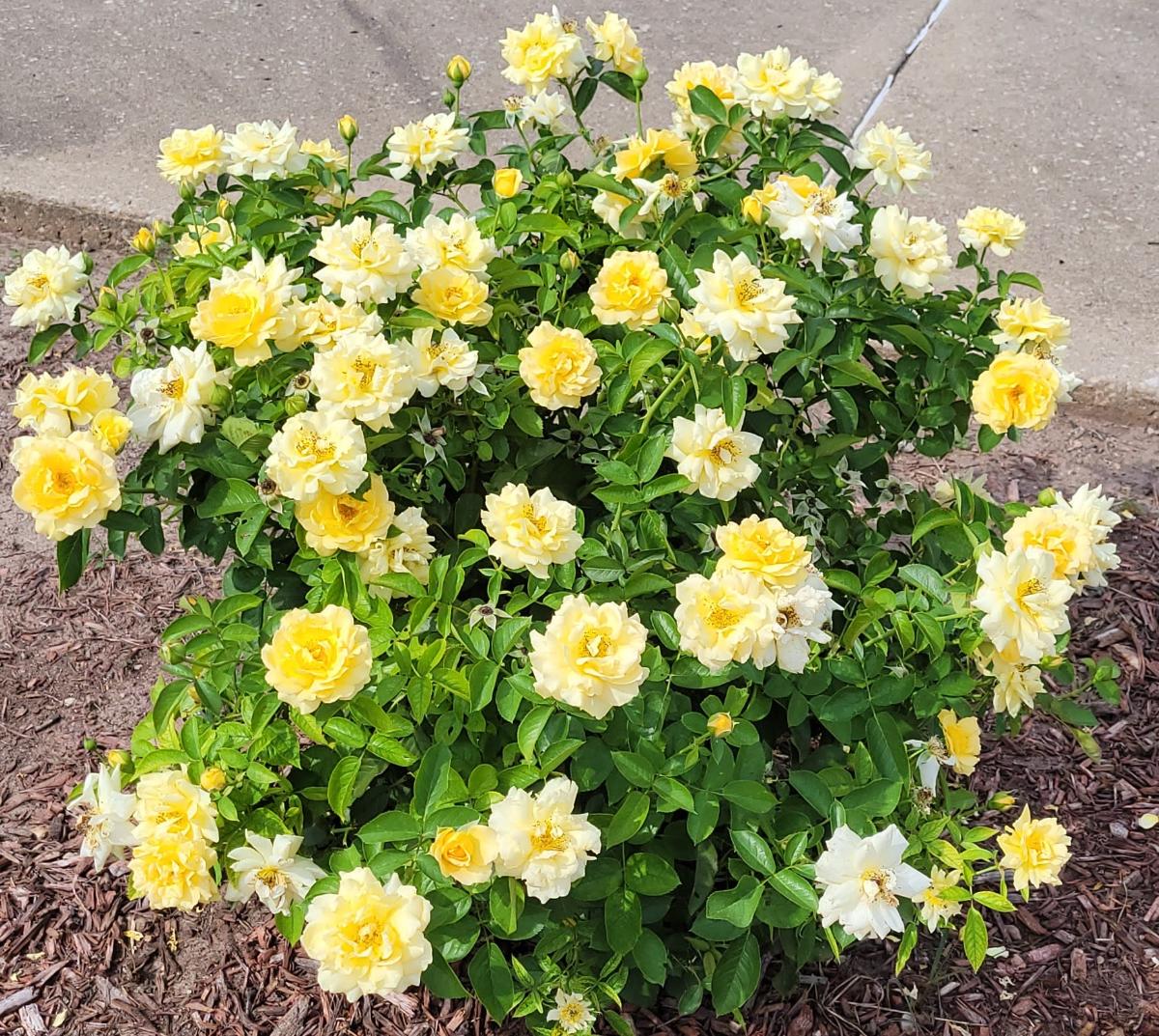
Some less vigorous roses need all of the foliage they can get, so when you prune, leave as much wood as possible. Obviously, you'll remove the diseased and unproductive wood, but everything else should stay. The less vigorous roses become significantly better performers this way.
I noticed this with some of the wimpier tea roses that I inherited in the municipal rose garden. When I tried to trim them back according to the 18-inch rule, I’d have only a few sad canes left, and then they looked puny and unhappy the rest of the year.
Eventually I realized that all of their branches contain stored energy, so cutting off too many branches was robbing them of that energy. When I left the healthy branches alone and merely snipped a bit off the top, the roses had more food production capacity when spring rolled around.
Also, if a rose is under three years old, don’t prune it except to shape it where necessary. Deadheading is pretty much all some young roses need.
4. Avoid Using Dull Or Dirty Tools
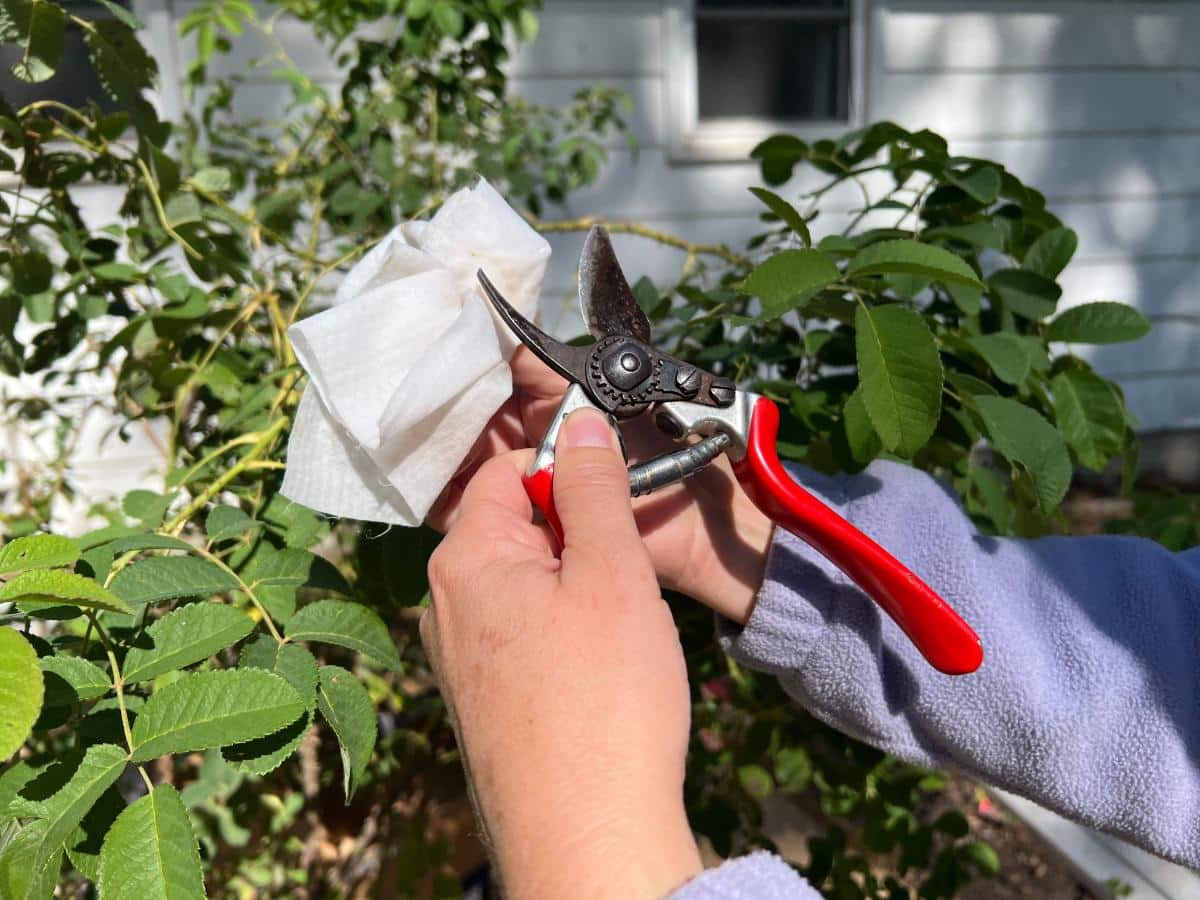
It is important to have a good pair of pruning shears or secateurs to trim your roses with.
- Invest in a good pair of bypass pruners and keep them oiled and sharpened. Quality products are a little pricier, but they’ll last longer. I’m still using the same pair of Felco pruning shears I got in 1995 (shown in the above photo), and they’ve never let me down.
- All tools should be nice and sharp. Dull tools lead to ragged cuts that look ugly and also invite infection in.
- Be sure to sanitize your clippers between each rose bush to avoid spreading diseases from plant to plant. An alcohol wipe works fine for the task. Rub it vigorously on the blade and the hook as you move from one rosebush to another. This is just good garden hygiene in general.
- Use bypass pruning shears to prune your roses and other plants. Anvil pruners will crush the soft tissue on the rose stems. They’re better used on dead wood.
5. Skip Pruning In Wet Or Freezing Conditions
One principal rule of horticulture, in general, is to avoid doing any kind of pruning when plants are wet. Fungus, insects, and diseases can be spread by water droplets as you move from one plant to the next. If possible, always wait for the roses to dry out before pruning multiple plants.
Also, pruning when it's freezing outside is not good for the plant, and it's not good for you. Why be miserable? Wait for a warmer day; your hands will thank you.
Do This Instead: Four Best Practices For Winter Rose Care
Now that we have finished with the “thou shalt nots,” let’s turn to the “thou shalts” of the rose garden.
6. Do Wait Until Late Winter or Early Spring To Prune
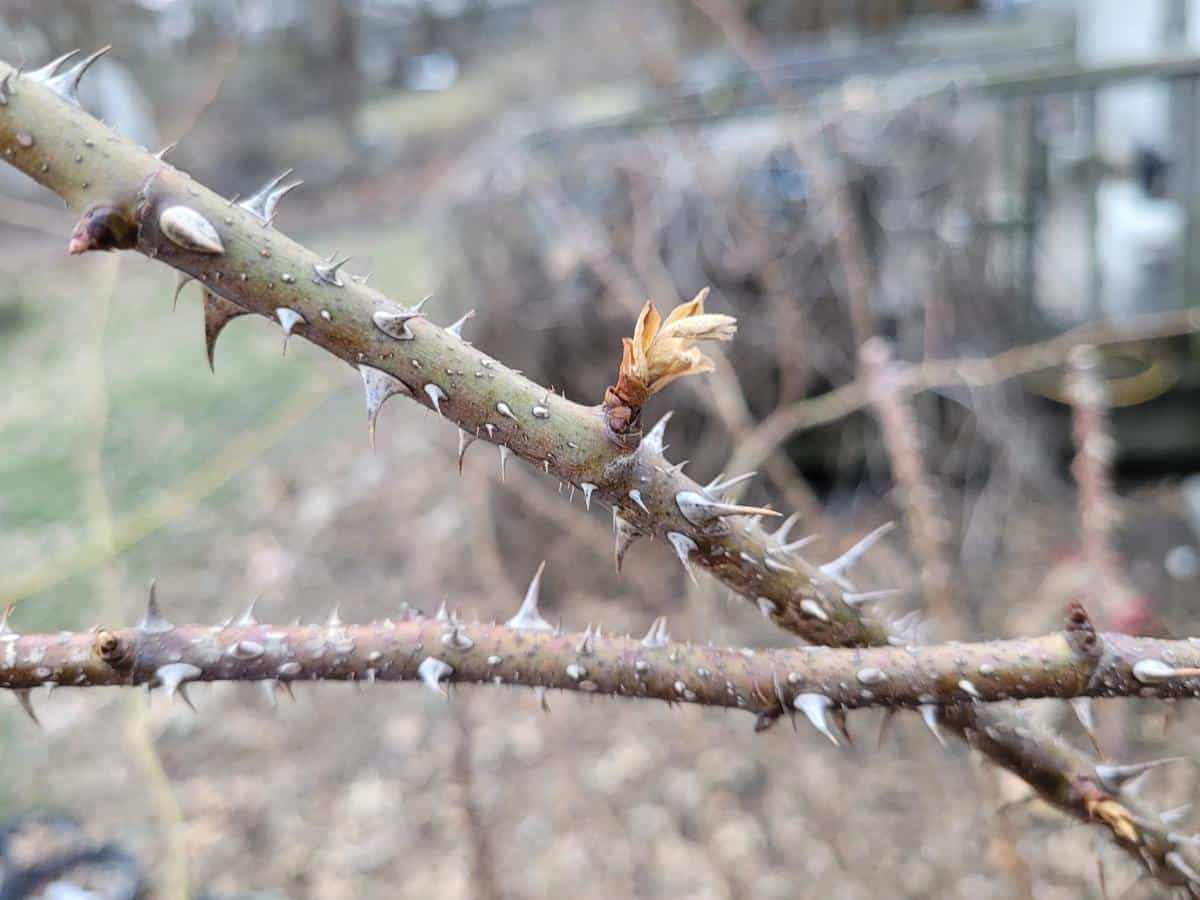
The best time to prune is after the new buds start to open on your roses. When this happens, you can see which buds are healthy and which buds are not. I've often seen roses in spring bear several weak buds at the top and then stronger buds as you go farther down the rose stem. Cut back at the stronger buds for stronger roses.
7. Start by Pruning the 3 D’s (+1 D)
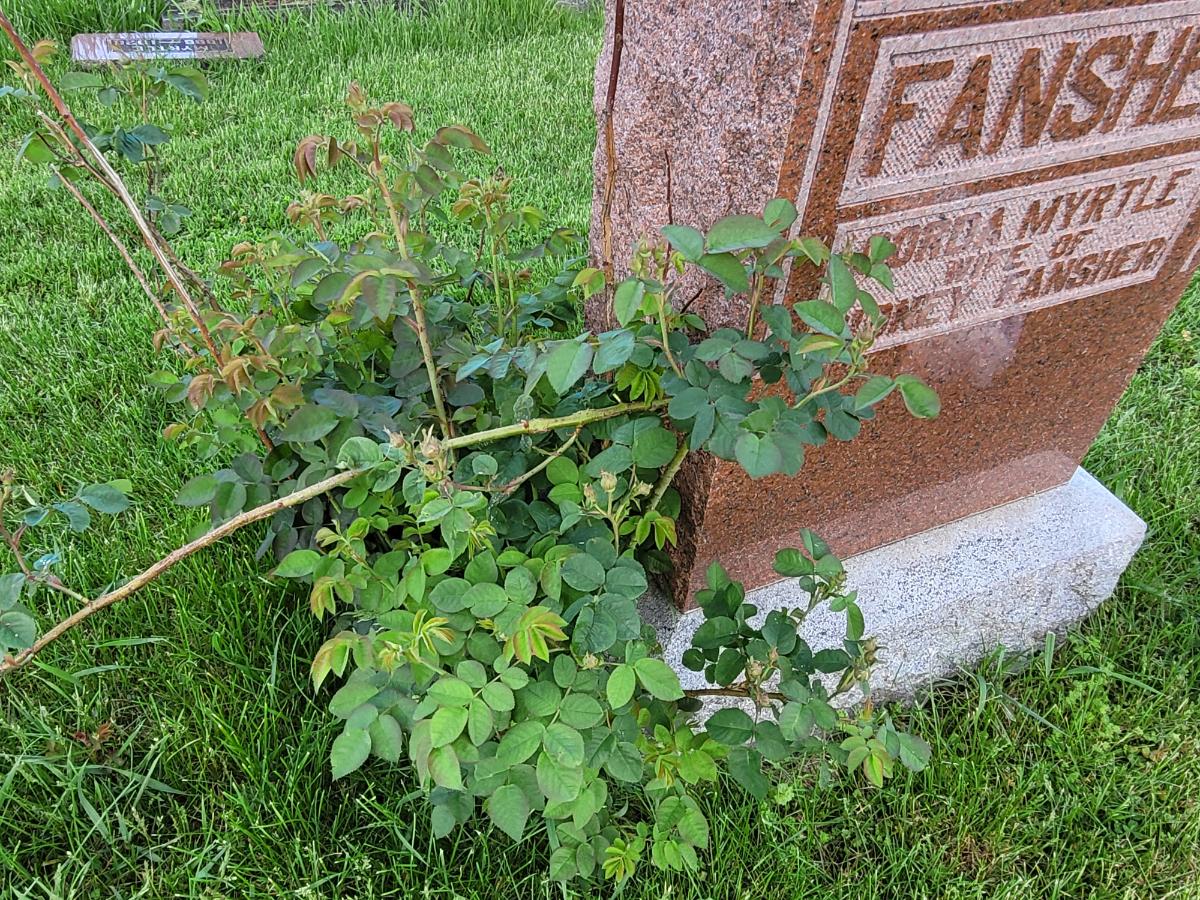
For most roses, for most roses, the only pruning you have to do are the 3D's:
- Dead growth
- Diseased growth
- Damaged growth
I’m adding a fourth D to the list just because I can:
- Deranged growth (i.e., doglegs and other weird growth, like in the picture above)
Focusing on cleaning up these four will give you a clean rosebush. Many times, the 4 D’s will constitute the bulk of your pruning efforts.
8. Remove Old, Unproductive Canes
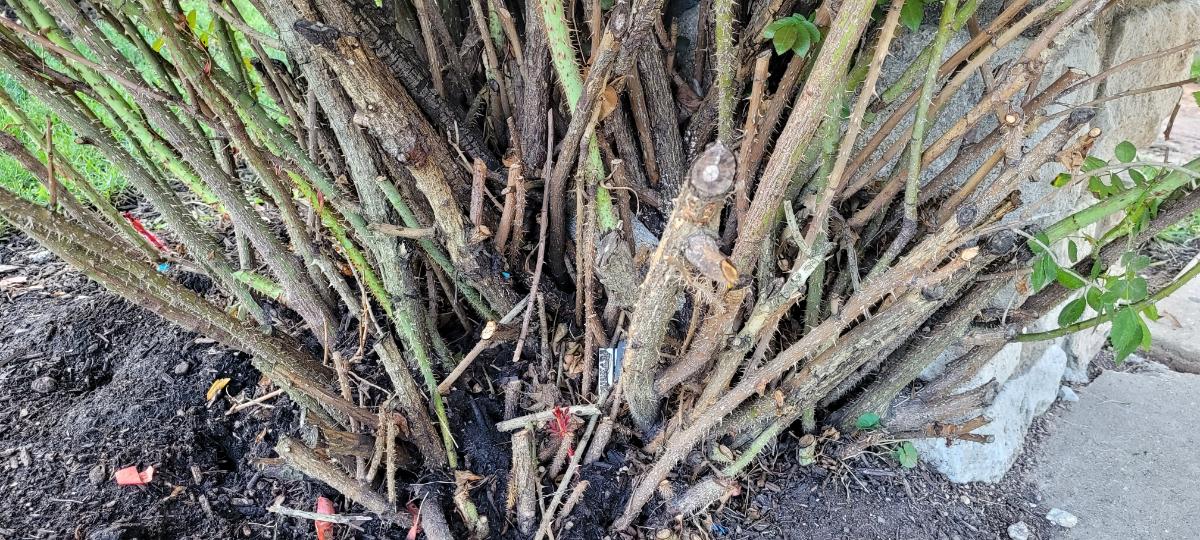
Old, unproductive canes won't be an issue on newer rose bushes that are only two or three years old. However, in older roses, you will come across canes that are not flourishing anymore. Leave the green canes to continue growing, and remove the old brown canes in the middle that have been there for several years. Using loppers or a pruning saw, cut them off at the bud union. (The bud union is the large knot that sits close to the ground, or possibly under the ground in colder climates, where the rose bush has been grafted onto the rootstock.)
9. Cover The Cuts On Your Rose Bushes
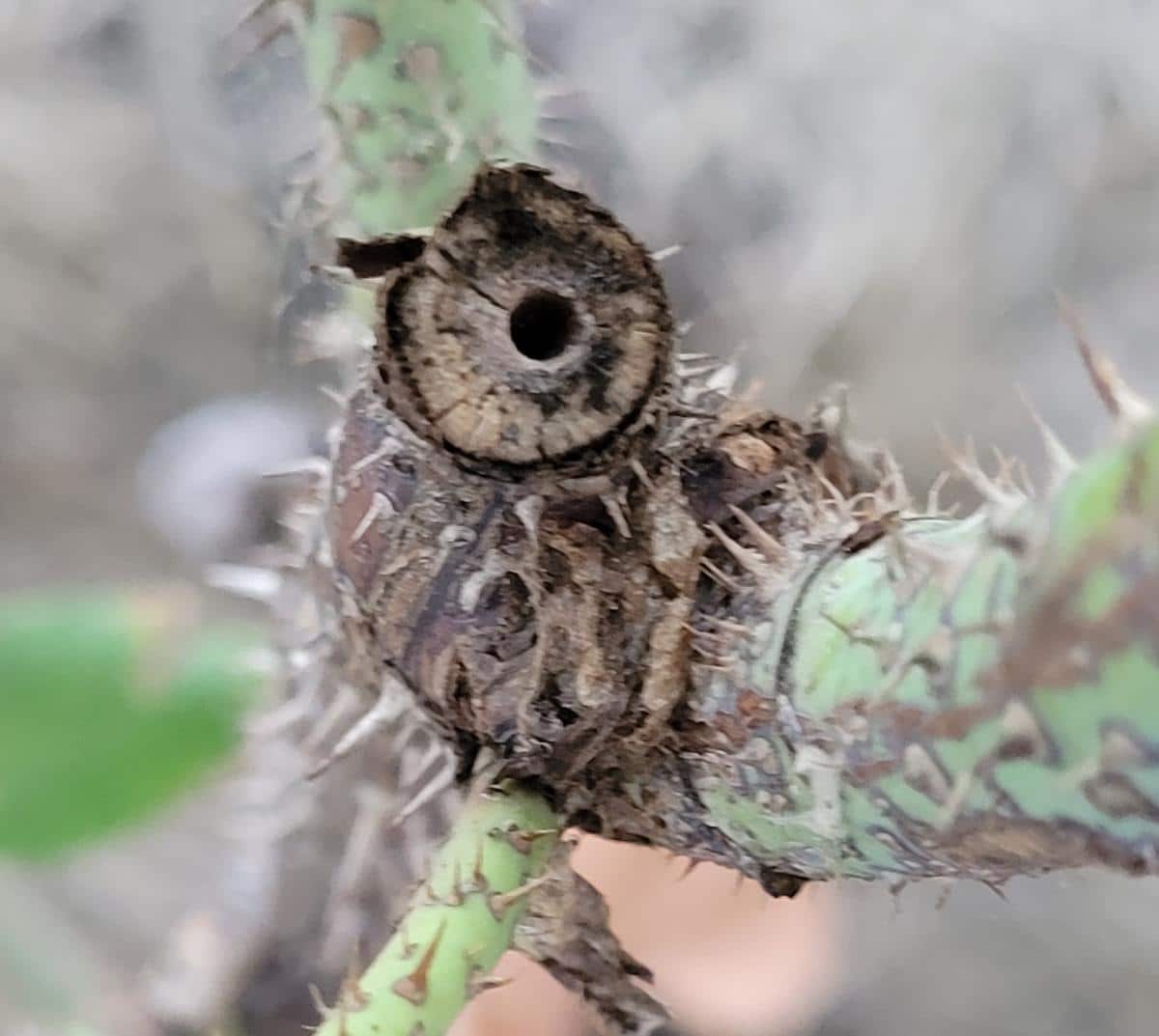
An old friend of mine pointed out that anytime you cut off a part of the rose, you should have some Elmer’s glue or some other sealant to cover the end of the cane that's been exposed. It's a quick step, and doing so will give your exposed cane a little waterproof cap. This will keep out water as well as rose borers, which are small wasps that will drill down into the exposed pith of the rose and deposit eggs there, which causes your rose cane to die back.
So carry a little bottle of Elmer’s glue, the same kind of school kids use, with you when you're pruning your roses.
Final Thoughts
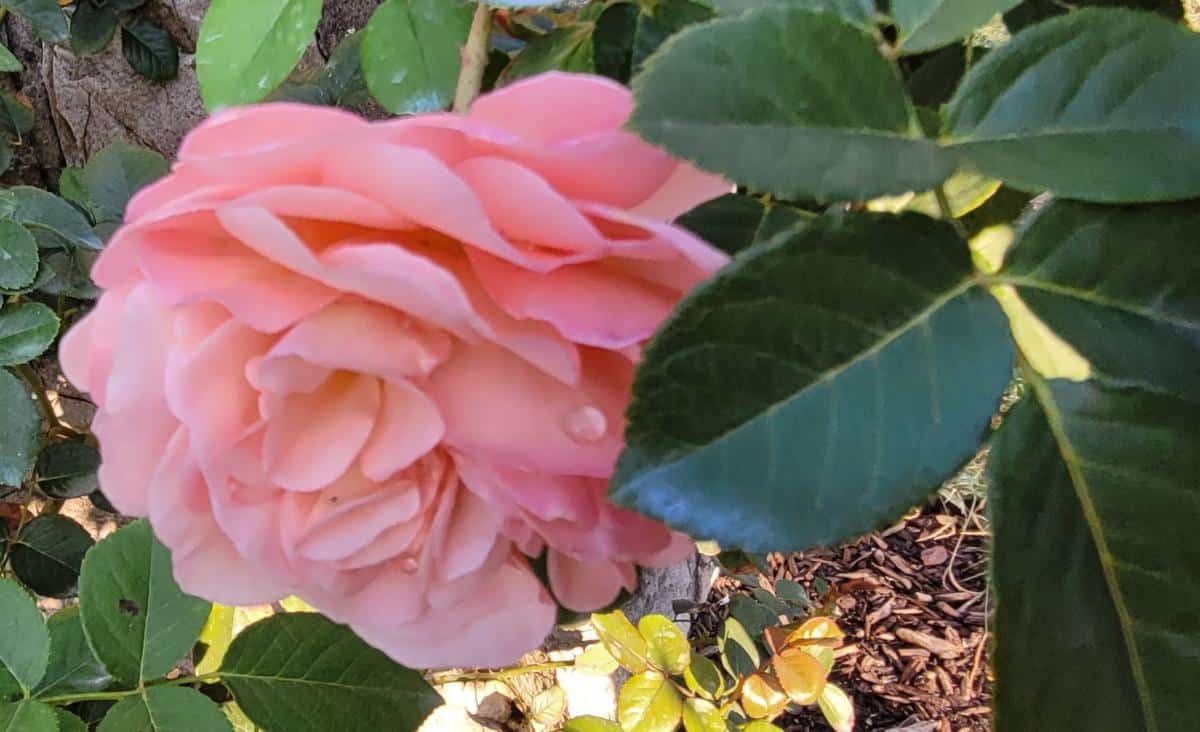
So pruning roses in the winter might seem intimidating, but be patient with yourself (and with your roses), and you’ll soon be rewarded by seeing the roses perking up nicely in the spring due to your efforts.
Don’t forget that roses are resilient. If you do something wrong, they’ll recover. Learn from your roses what kind of pruning they prefer, adjust your techniques over time, and soon your roses will thrive. Happy gardening!

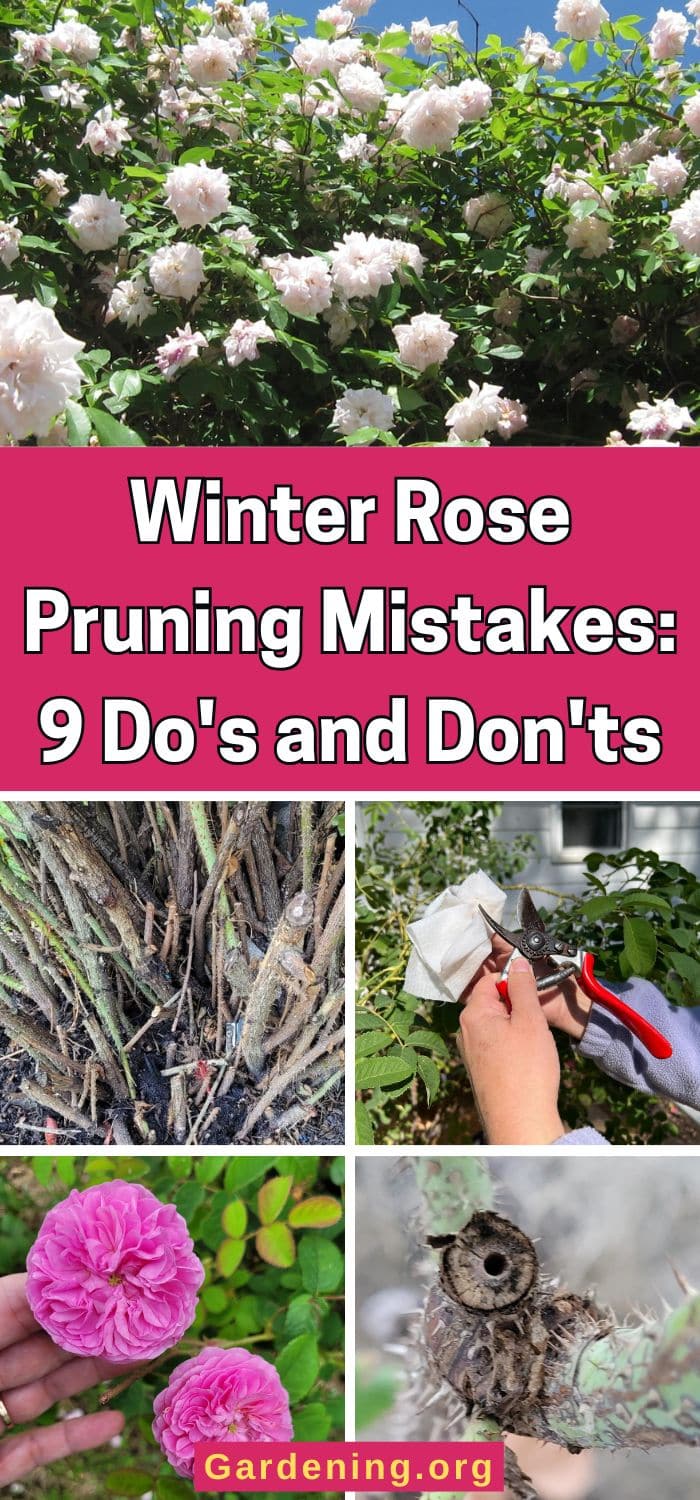
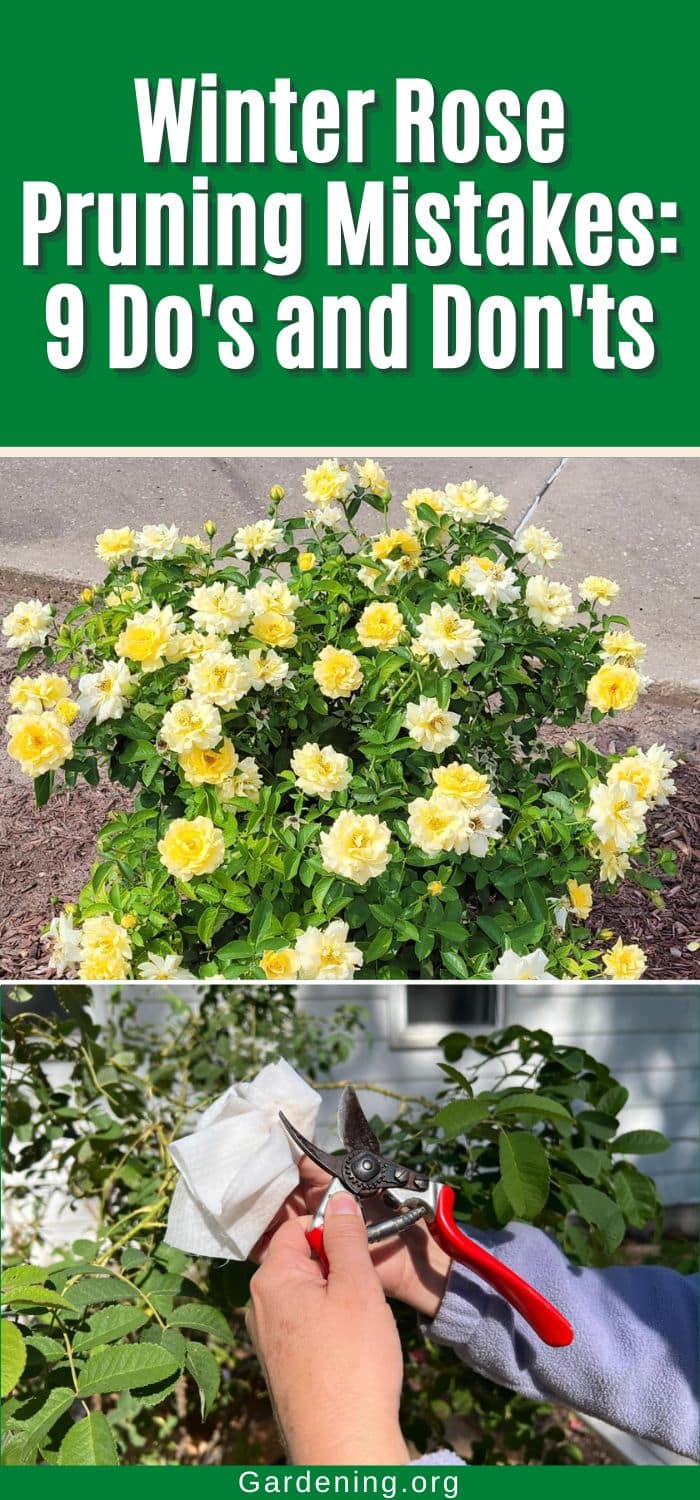
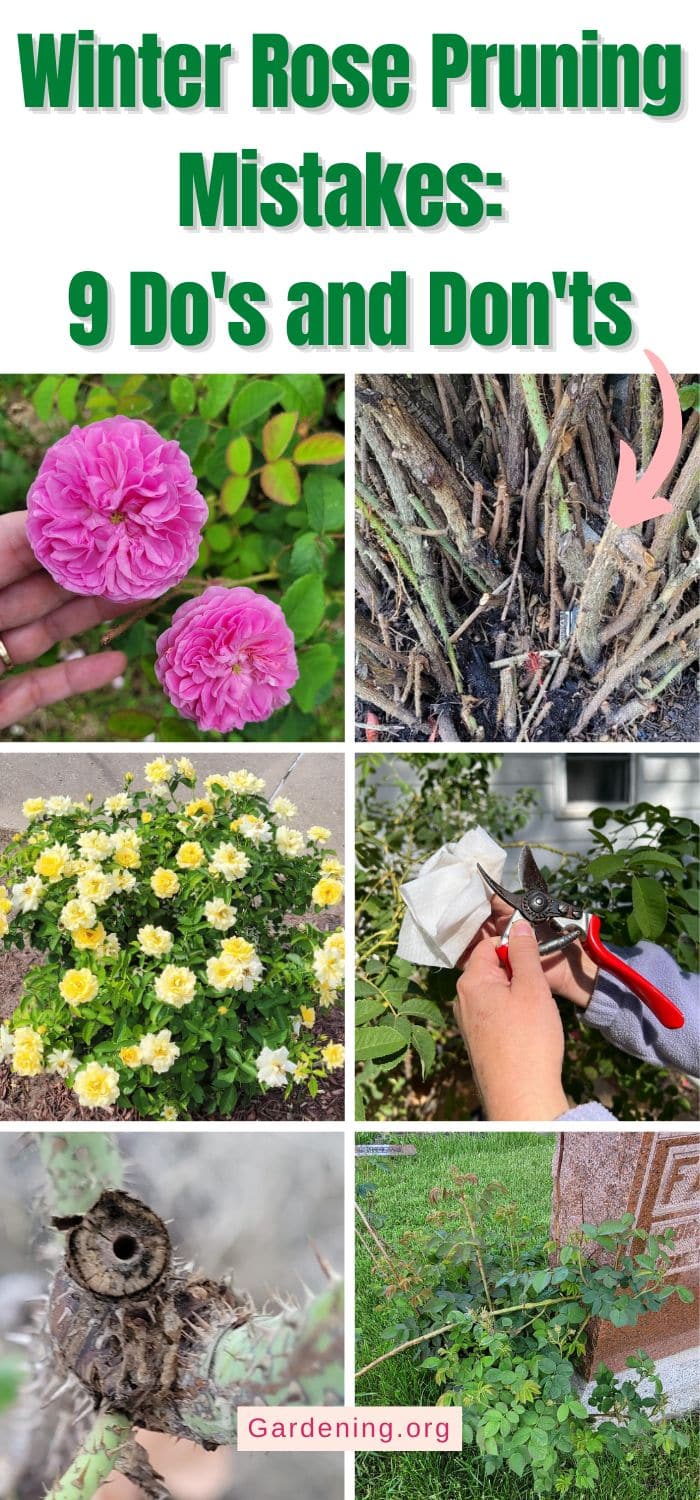
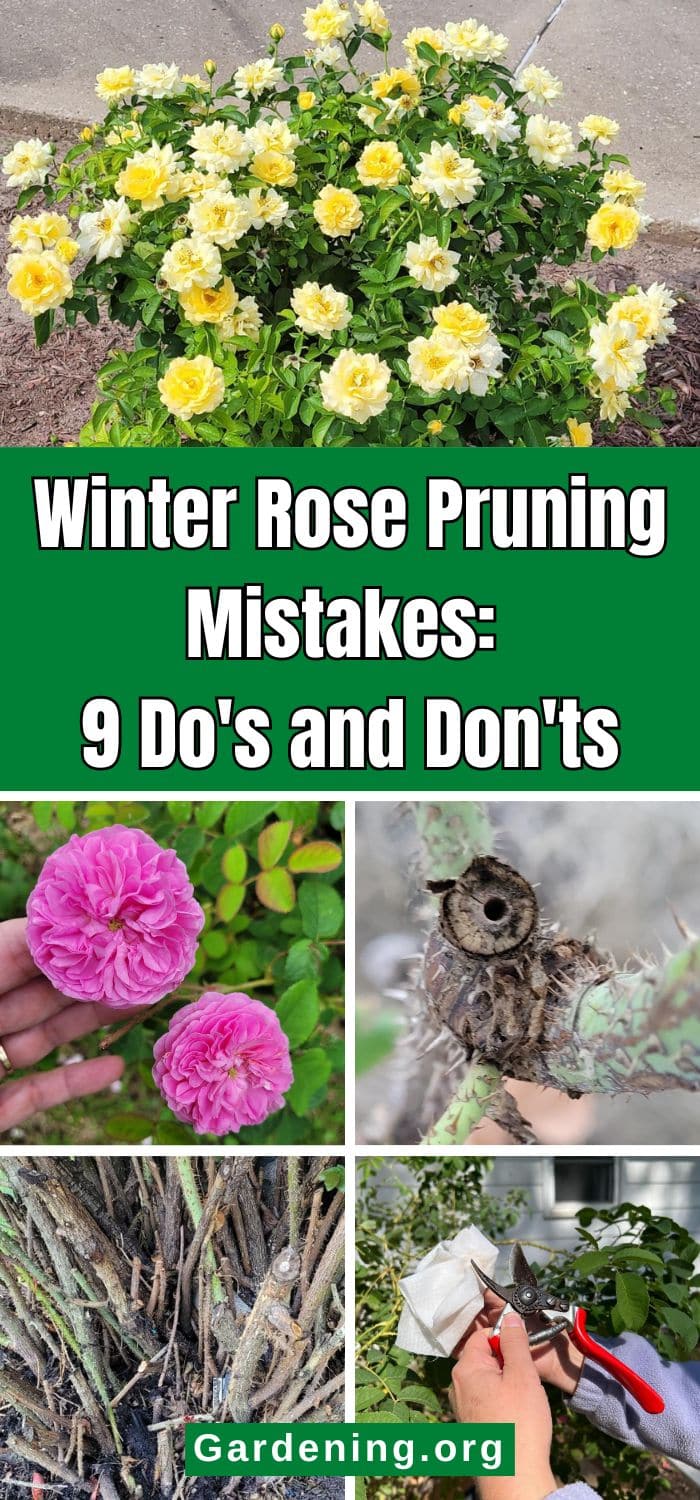




Leave a Reply